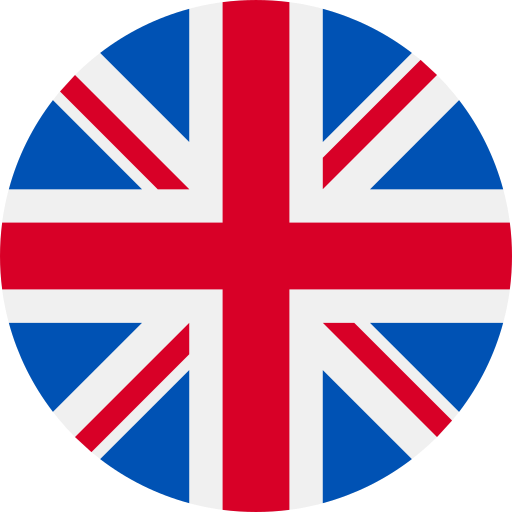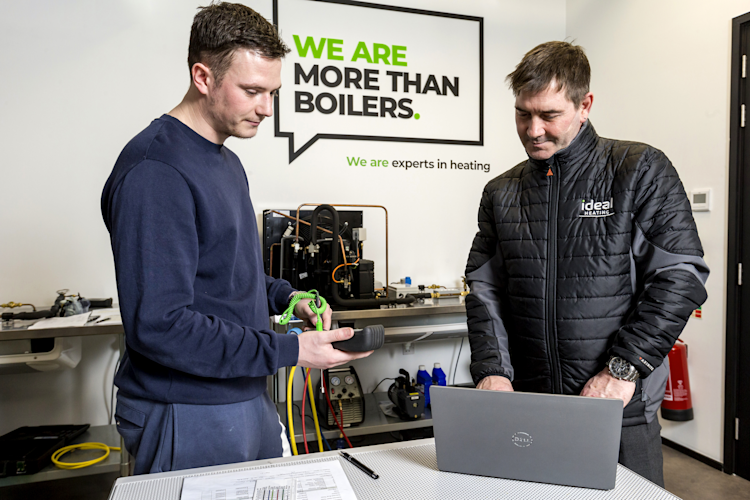
Overcoming challenging installations with twin flue boilers
Most boiler installations are fairly straightforward, incorporating a traditional concentric flue that runs less than 10 metres from the boiler out of an external wall or roof to expel waste gas. As concentric flues incorporate both air intake and waste gas pipes, both pipes naturally run parallel to each other.
Installations can, however, be more complex in certain situations. Boilers may need to be sited further away from an external wall in order to meet regulatory requirements, or might already be situated in a more challenging location such as a basement. In these scenarios, you’ll need a longer flue and this demands a more flexible solution, as opposed to being restricted by the need to flue the boiler concentrically through the nearest external wall or roof.
Keston Boilers, part of the Ideal Heating family, provides twin flue boilers to help take the stress out of fitting boilers in tricky commercial or domestic settings. These boilers give you additional flueing options when fitting Combi, System or Heat only boilers.
With a little help from Keston, we explain why a twin flue model could be the perfect solution for your next installation job that requires siting a boiler in an unusual position.
Twin flue boilers vs concentric flues
Twin flue boilers are designed to do the same job as a concentric flue but with greater flexibility and less compromise, setting them apart from other types of gas boiler flues.
A concentric flue is a one-piece system that takes care of both the flow of air supply into the appliance and the removal of flue gases out of the appliance. It’s a pipe within a pipe, with waste gases channelled away through the inner flue (the boiler waste pipe), and the air used in the combustion process arriving through the outer flue.
Concentric flues generally have an overall diameter of 100-150mm and are able to run up to 10 metres, either horizontally or vertically.
In a twin flue boiler system, the air intake and exhaust flue pipes are separate and generally of a smaller diameter than a concentric system. Twin flue systems like the Keston System S30 allow you to run the flue vertically or horizontally and extend the flue up to 27m from the boiler - almost three times the maximum distance of a concentric flue and offering much more flexibility!
The benefits of flexible boiler flue outlets
As the flue runs aren’t bound together concentrically - the air intake and the exhaust flue are separated - installing a twin flue boiler means there's no longer a need for them to run parallel to each other. They can have different termination points and their runs no longer have to be the same length, allowing a boiler to be installed almost anywhere in a building.
One of the most useful benefits of a twin flue is that your air intake can come from the closest external wall, while your combustion pipe can run to a termination point much further away. With a Keston model, the range is up to 27m from where the boiler is sited, giving you far greater flexibility.
Installing a basement boiler with a twin flue system
Installing a boiler in rooms or spaces with no external wall can be a challenge - but an achievable one. Whether you’re working in a basement or a plant room, twin flue boiler systems will offer you a longer, more flexible flue run and allow you to install a boiler safely and efficiently in difficult spaces.
What to do if you need a system with a higher output?
Larger properties and commercial buildings often require a higher output to heat the space - but that’s no problem for a twin flue boiler system. Though individual boilers may have a lower output, you are able to create a modular boiler system using frame and header kits. These cascade systems, such as the Keston Heat 2 Cascade, allow between two and six boilers to work together to deliver maximum outputs of 330 kW. This is ideal for larger spaces that require a higher output, but also have specific installation requirements.
Does a boiler need to be fitted on an external wall?
The majority of boilers, particularly in a domestic setting, will be fitted on an external wall. This means the flue can be directed outside quickly and easily, making Ideal Heating’s concentric boiler flue system a far more convenient and efficient option for most installations.
However, what happens when fitting to an external wall just isn’t an option? Twin flue boilers allow you to run the flue either horizontally or vertically, with the air intake and exhaust flue not bound together. This allows you to run the flue much further in order to find a safe position for the exhaust flue.
Four challenging installations that can benefit from twin flue boilers
There are many installations that can benefit from a flexible twin flue boiler system:
1. The existing boiler position makes fitting a concentric flue difficult
If your existing boiler needs to be replaced or upgraded, you may need to either find a solution that fits your current boiler’s positioning, or replace the system altogether. Relocating the boiler in any building can be an expensive and time-consuming job, whereas using a twin flue boiler to provide additional length is a much simpler and cost-effective solution.
2. Fitting a concentric flue system would not comply with regulatory requirements
Complying with boiler flue regulations can be another key reason for choosing to use a twin flue boiler. For example, flueing from the nearest possible wall may not be possible if it’s in close proximity to a window or external door. In this case, using a twin flue boiler could allow you to site your boiler in a convenient space while still being compliant with the position of the termination point.
3. Your customer is concerned about aesthetics
Some installers may be asked to hide the flue in order to maintain the external appearance of a building. In this instance, a twin flue boiler is a great option as you will be able to create a much longer flue run.
4. You’re working on a listed property and must abide by regulations
Listed buildings are protected properties, and regulations such as ensuring a flue is not positioned in the front of the building or visible on certain external walls can pose a challenge for installers. The flexibility of a twin flue run could help to meet these regulations, with twin flue boiler specialists able to work with Grade II listed buildings to find a solution.
What types of twin flue boilers are available?
When it comes to twin flue boilers, the flexibility on offer isn’t limited to the length of your flue run. Here at Ideal Heating, our customers and installers are able to choose between a System, Heat only or Combi boiler… but what are your options when it comes to twin flue boilers? Keston also offers all three types of appliance, meaning there’s a central heating solution available for every application.
The Ideal Heating team is dedicated to ensuring you find the right central heating solution to meet your needs. Where our concentric flue boiler systems are likely to suit most installations, our friends over at Keston deliver a flexible twin flue boiler system that can help to overcome additional challenges.
For more information and advice about boiler flues, keep an eye on our Ideal blog.


















